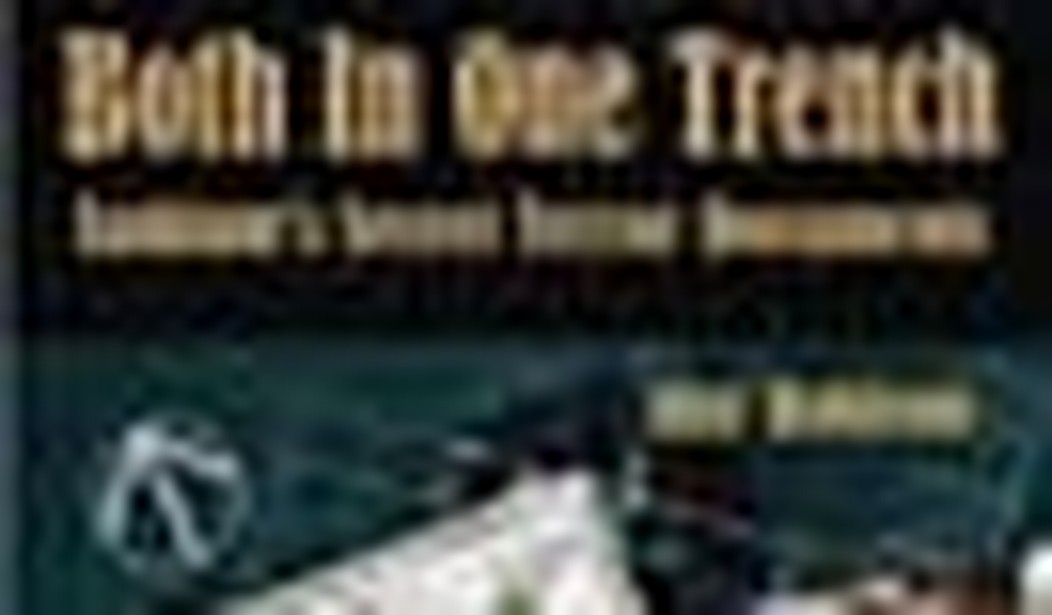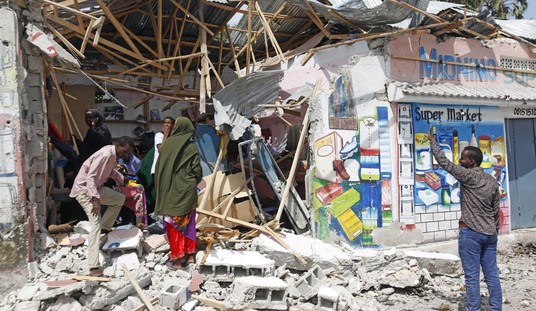“My life has been full of dangers in which I should have lost a lot of blood…but since I have bled only a little, I asked somebody to write God’s words with my blood in gratitude,” announced Saddam Hussein in September of 2000 during a ceremony at which he received a Quran written in his own blood. That “somebody” was Saddam’s Revolutionary Command Council Vice-Chairman, Izzat Ibrahim al Duri, who would become leader of the Iraqi insurgency after Saddam was captured.
We know this because Izzat Ibrahim had a personal assistant who kept a daily log of his meetings. In the log the assistant recorded high praise from Saddam for him at the ceremony. It may seem like an innocuous detail but it is telling.
Ibrahim would become the head of an insurgency which combined Ba’athist leaders and al Qaeda fighters. Such an alliance is unlikely if one believes the current media talking point that Saddam’s regime leaders would not work with Islamic extremists. But did the Ba’athists find common cause with hard core al Qaeda fighters only when faced with a U.S. invasion as the CIA predicted? Or was the insurgency built upon a preexisting relationship? What if Saddam worked with al Qaeda and other Islamic terror groups before the war to keep them out of Iraq?
A captured recording of a regime meeting about Afghanistan reveals that Saddam believed Islamic extremists were unable to rule effectively. But what about using Islamic extremists as a proxy weapon against Saddam’s enemies? His use of proxy terror groups that were considered ‘secular’ in nature is beyond refute.
What about Islamic extremists who control a country, Afghanistan, of strategic value because it is located on the other flank of his nemesis, Iran? Another document shows that a major Afghani terror camp operator, a Taliban opponent, came to Baghdad and told him about training men sent by Iran. Surely Iran was trying to work with the Taliban as well as its Afghan opposition. Saddam faced a choice of buying Taliban influence or letting them possibly fall under Iranian influence. Would Iran gain influence over the Taliban if left unchecked by Saddam Hussein?
As a senior regime figure with roots of power in Iraq’s Anbar province, Izzat Ibrahim was supremely favored by the Sunni population. His support to Saddam was essential for regime stability. He lead a brutal campaign against the Shi’a, disguised as an effort to suppress Islamic extremism in Iraq.
His political support led to favoritism by Saddam for those Sunnis in places like Fallujah, Ramadi, and Haditha. Saddam handed out land grants there to the military and secret service officers that supported him. These cities, especially Fallujah, were the most religious Sunni cities in Iraq. In those places Ba’athist, Sunni and tribal leadership blended together in daily communion as a survival technique against the constant pressure of sectarian warfare and the economic impact of the UN sanctions.
A document reveals that the Iraqi Intelligence Service was monitoring Wahhabi Muslims in Fallujah. This notation would lead researchers to Arab media reporting that clearly demonstrated that the Wahhabis began to appear in Fallujah in the 90’s. Back then regime officials used them as trading partners to smuggle oil from Iraq. Because these Islamic extremists were putting cash into regime officials’ pockets and supporting the economies of cities crucial to Saddam’s power, these extremists were allowed to carry their ideology into the Anbar province.
The Wahhabis espouse the most extreme, militant Muslim ideologies. This Sunni sect inspires many of al Qaeda’s fighters to jihad. It should come as no surprise that the improbable alliance of Ba’athist leadership and Islamic terrorists fighting the insurgency was a necessity long before the US invasion in 2003. These extremists, connected to the Anbar Sunnis through tribal identity and graft would later fight for Izzat Ibrahim. With religious influence from within Iraq as in Anbar and external pressures such as the Iranian influence in Afghanistan it becomes clear that this so-called secular/Islamic divide theory does not reflect the true nature of Saddam’s regime.
A new Tom Hanks’ movie called Charlie Wilson’s War may remind us that Mr. Wilson convinced the President of the United States to support Islamic extremists in Afghanistan. Although those on the political left in this country like to think that this covert operation was Reagan’s doing, the movie might inform them that Mr. Wilson convinced Jimmy Carter to support Islamic fighters in Afghanistan. It remains the responsibility of those who foist the secular/Islamic divide theory upon us to explain their position that blood-Quran toting Saddam Hussein would not work with al Qaeda and other Islamic terrorists in light of the fact that devout Christian and peace activist Jimmy Carter was quite willing to do so. Something just doesn’t add up here.
The Izzat Ibrahim daily log provides a reference to a meeting between him and Algerian Islamic militants before the Gulf War in which they pledged mutual support. Another document shows a Taliban leader and Pakistani statesman negotiating with the Saddam regime which pledged its support to them as well. A different memorandum shows that as al Qaeda was preparing operations for the Millennium attacks the Saddam regime was paralleling its’ efforts. Coincidence or evidence of cooperation? Was it also coincidence that Saddam warned his government to be on the look out for of a “poison paper” attack by Iranian agents the day before the American anthrax letter attack began? Or was it an attempt to deflect blame?
Ray Robison is co-author of %%AMAZON=1419678663 Both In One Trench: Saddam’s Secret Terror Documents%%.









Join the conversation as a VIP Member